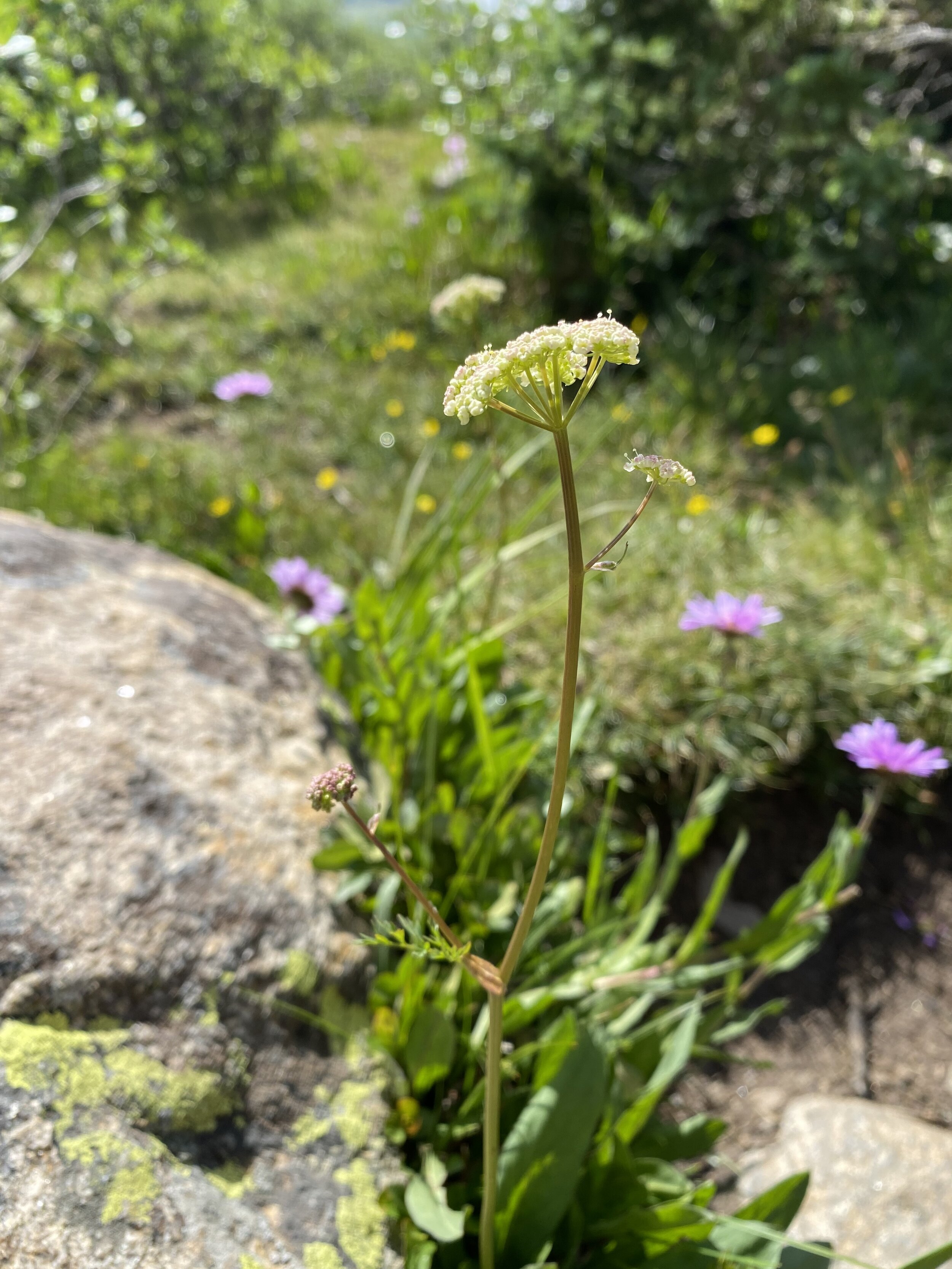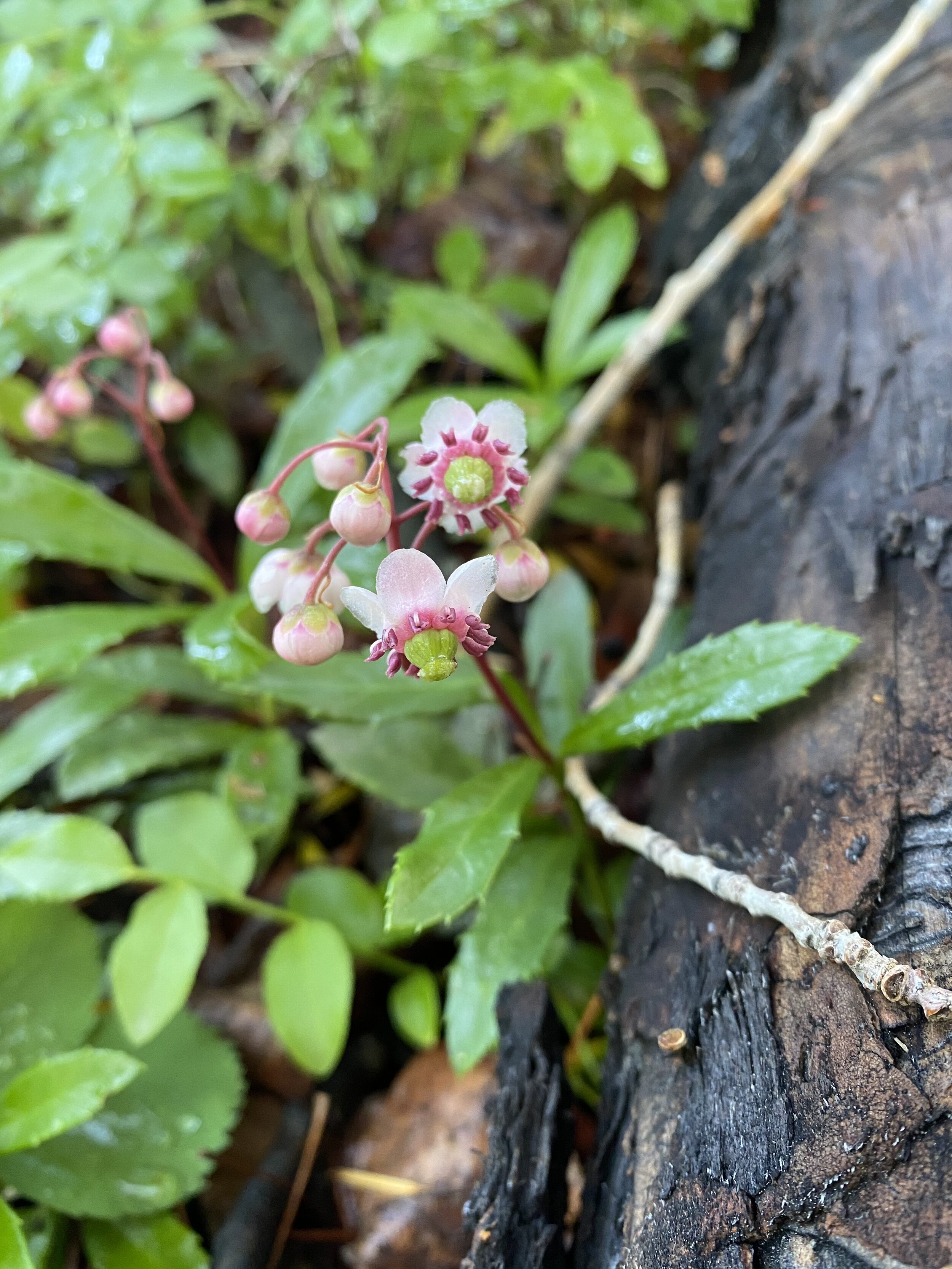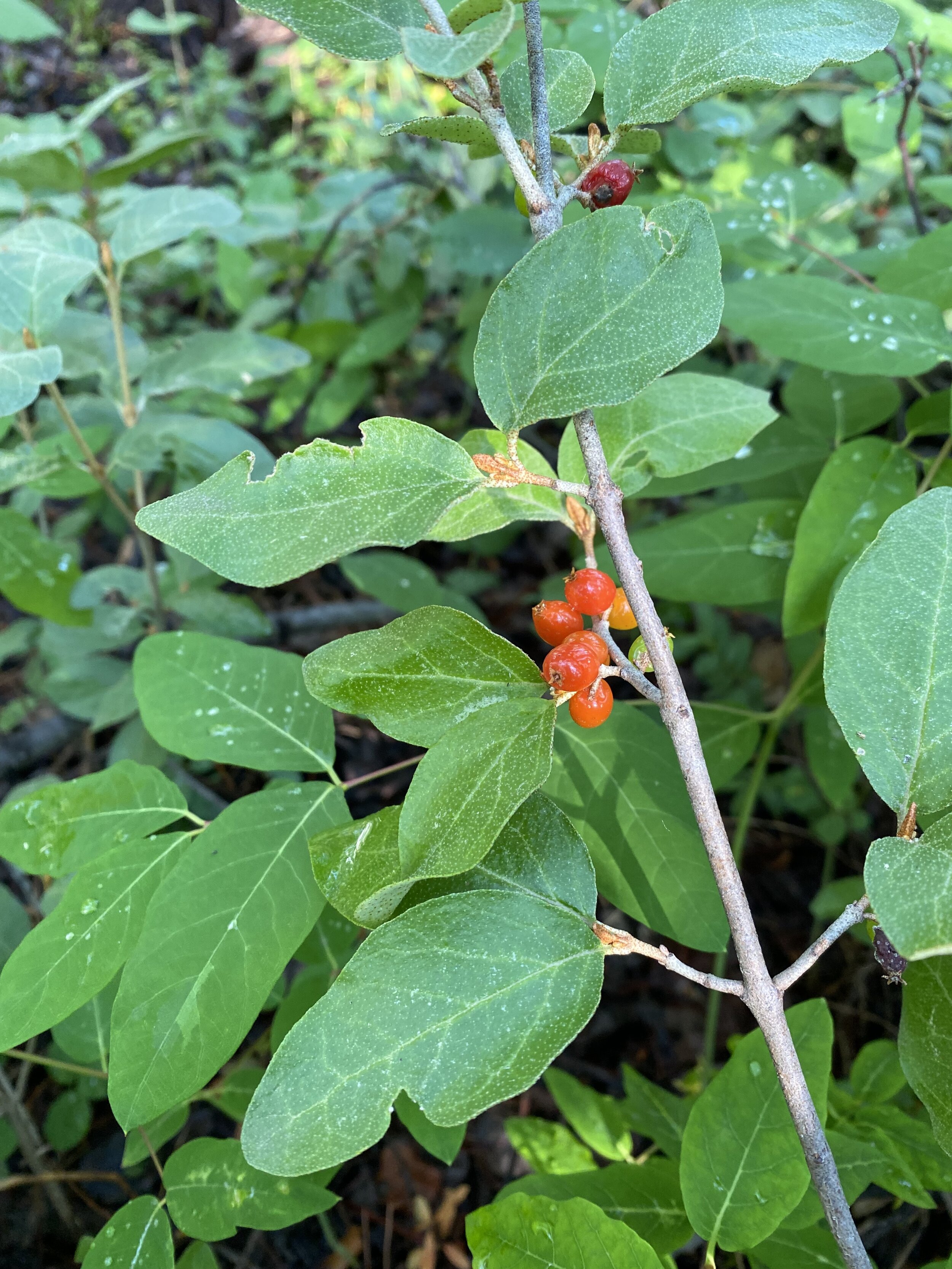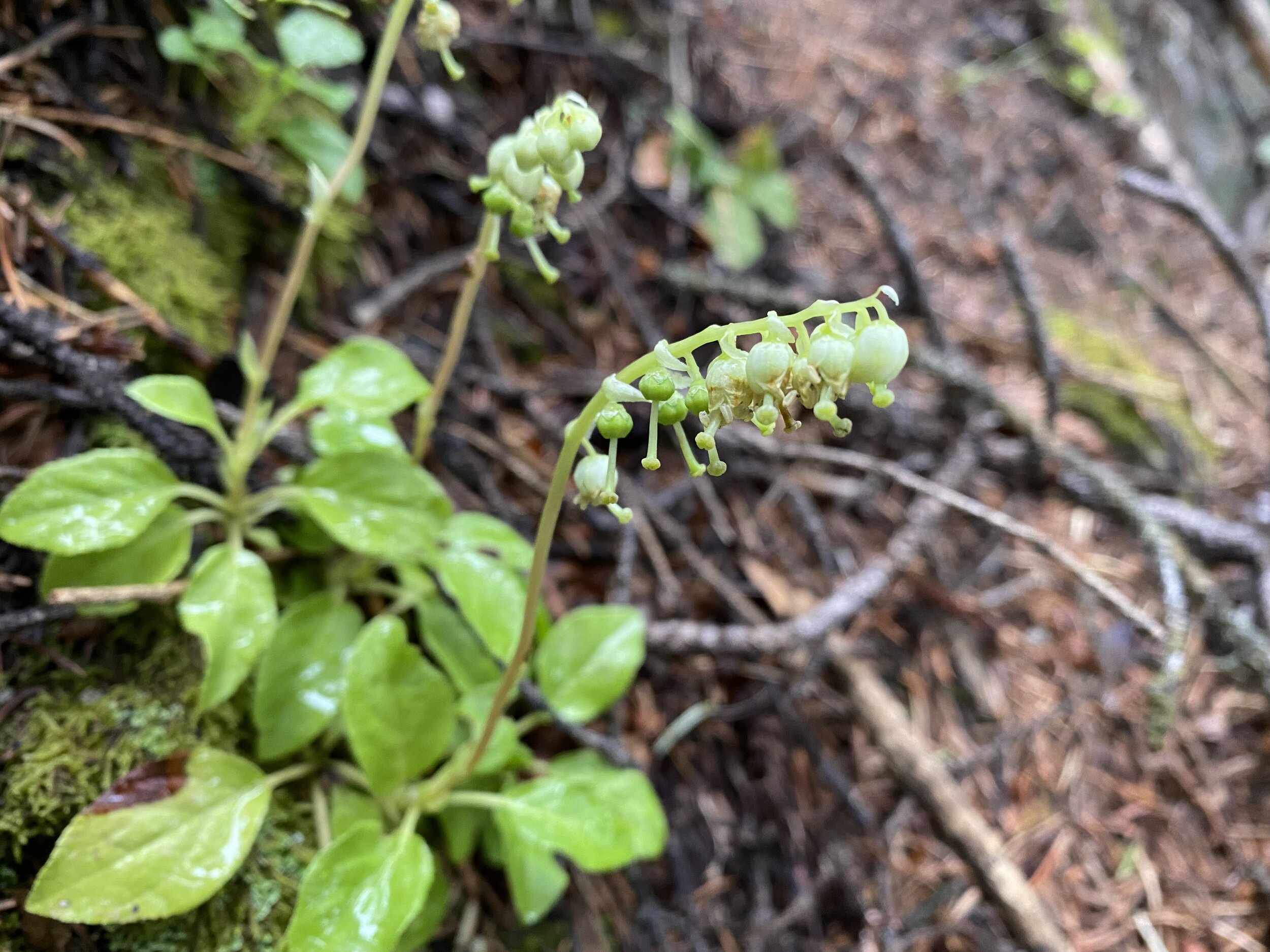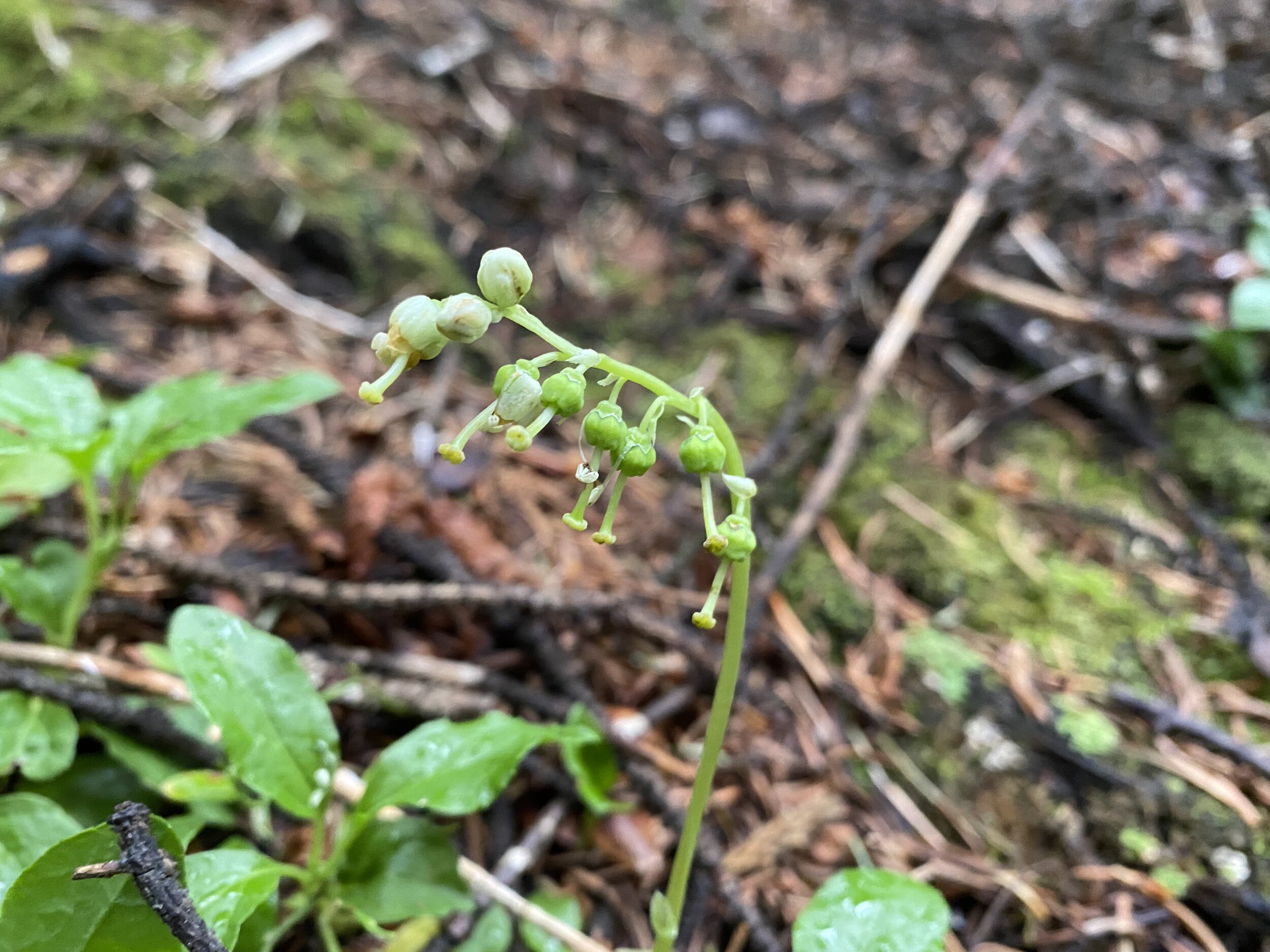Conioselinum scopulorum, July 20, 2021
Common & scientific name
Hemlock parsley, Conioselinum scopulorum
Family
Parsley, Apiaceae
Location
Lower Lost Man, 10,500’
Fun, weird, helpful, or little known fact
The sheath on the single stem leave (midway up the plant—see photos) is the defining feature of this uncommon, water-loving parsley. PRESUME it’s poisonous owing to its name, but can’t find info one way or the other???
C. scopulorum, Linkins Lake, 12,000’, July 22, 2021


